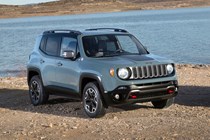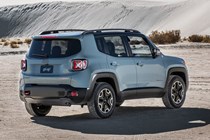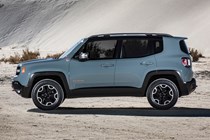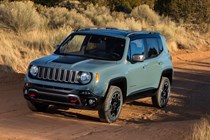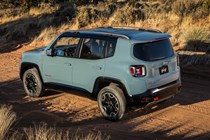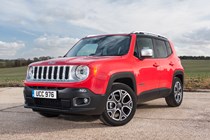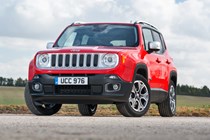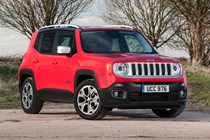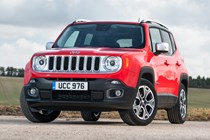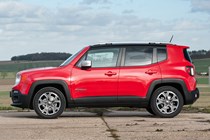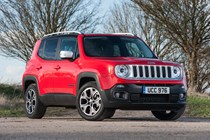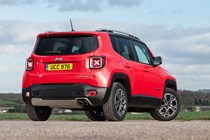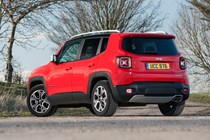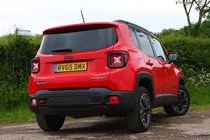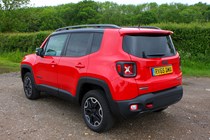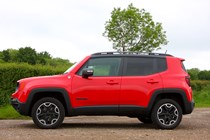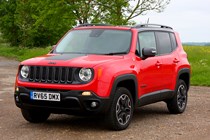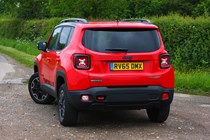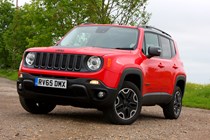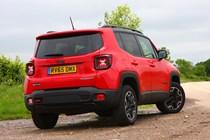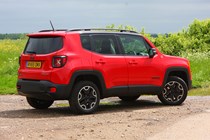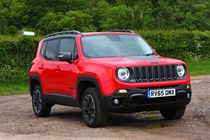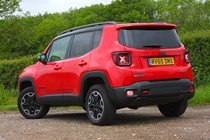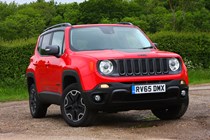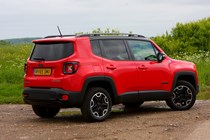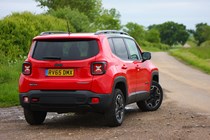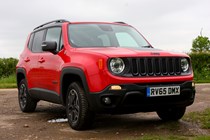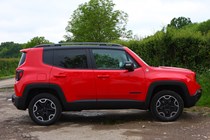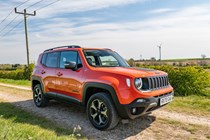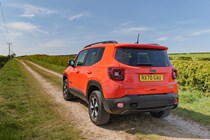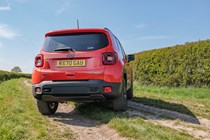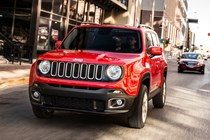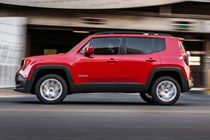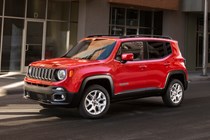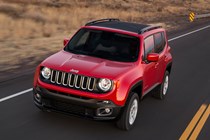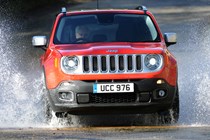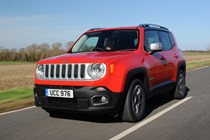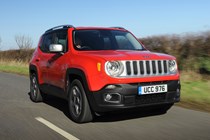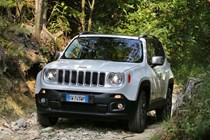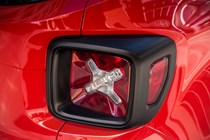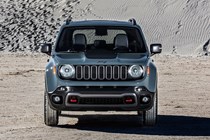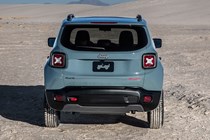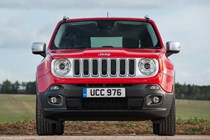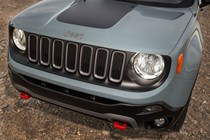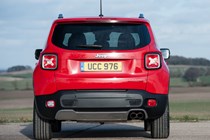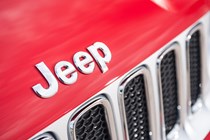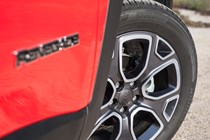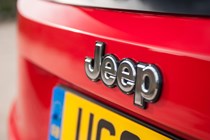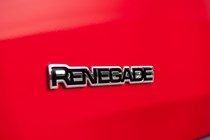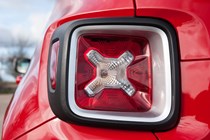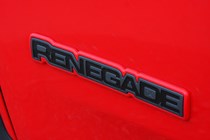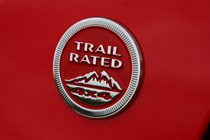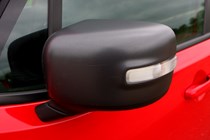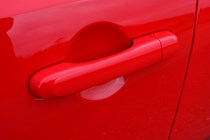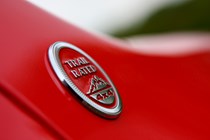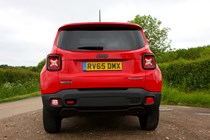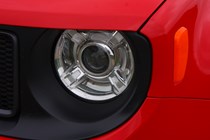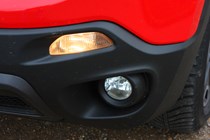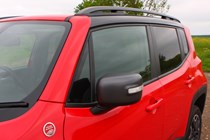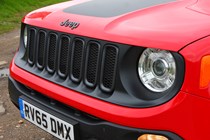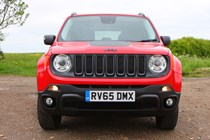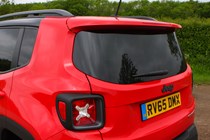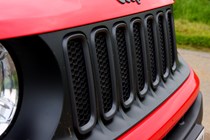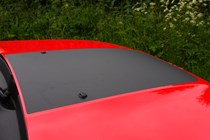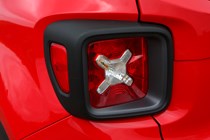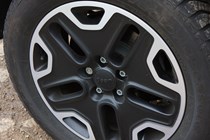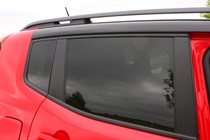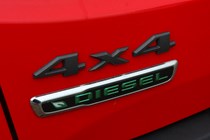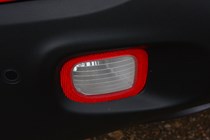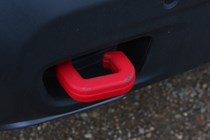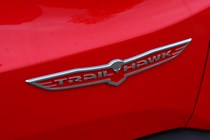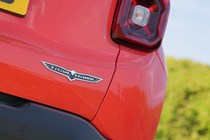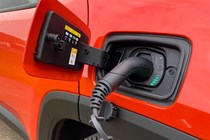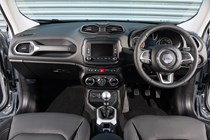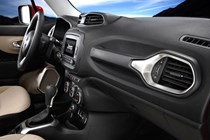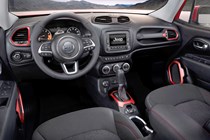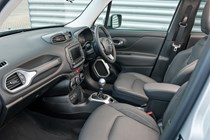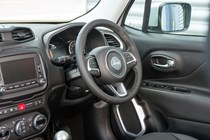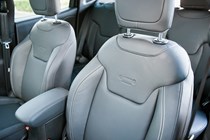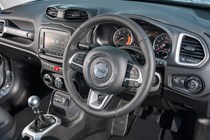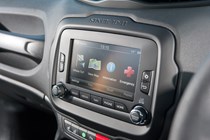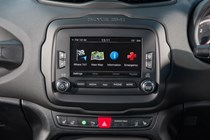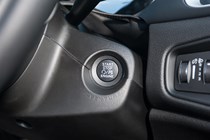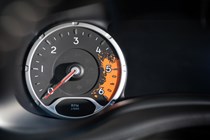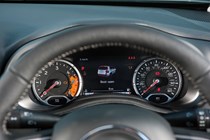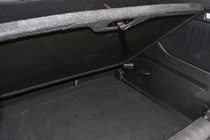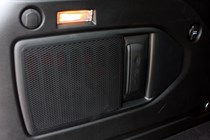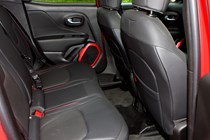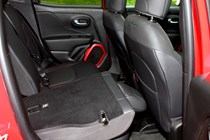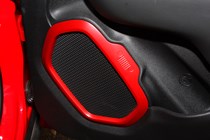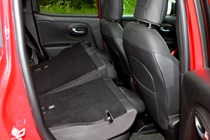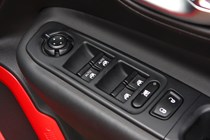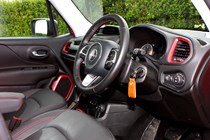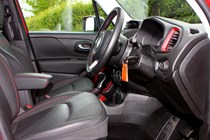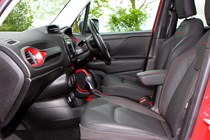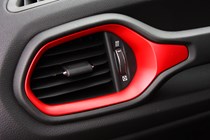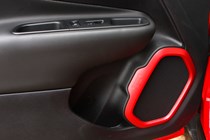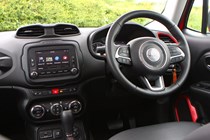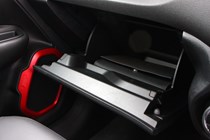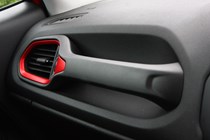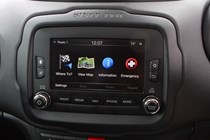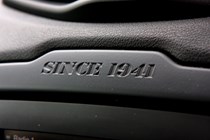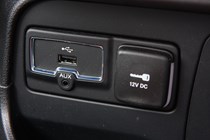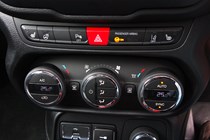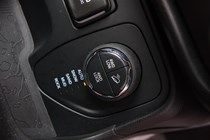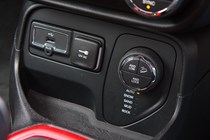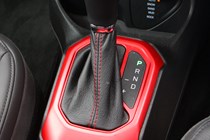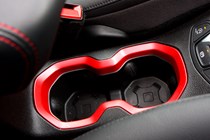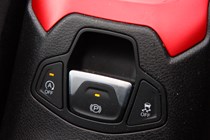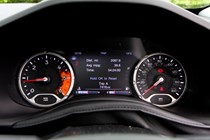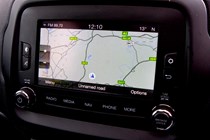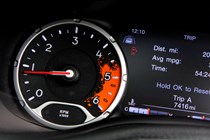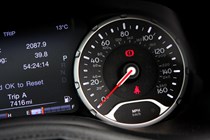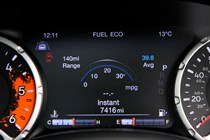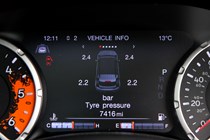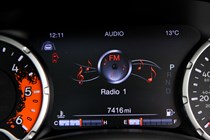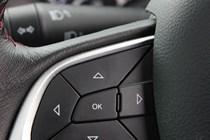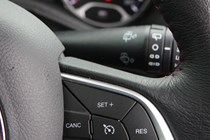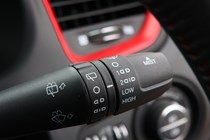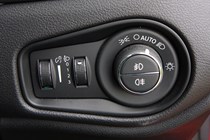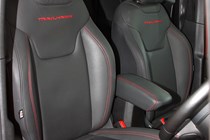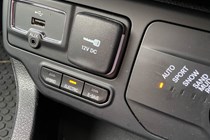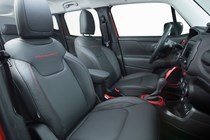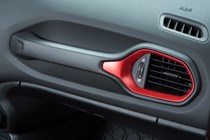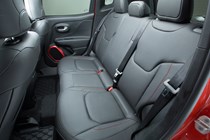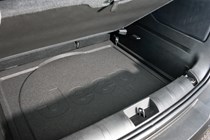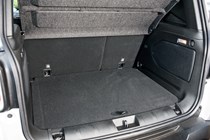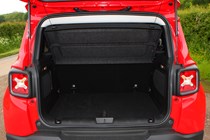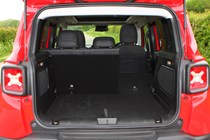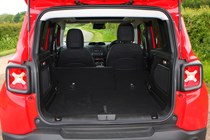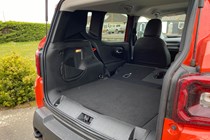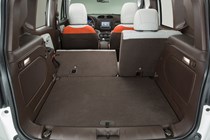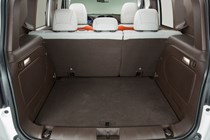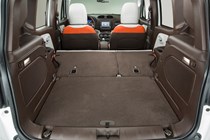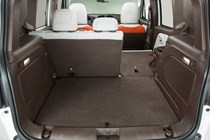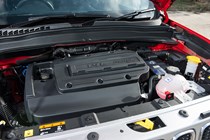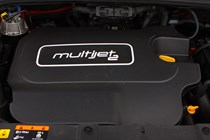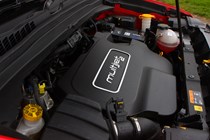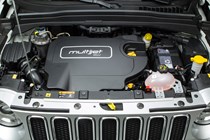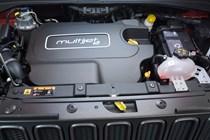Jeep Renegade running costs and reliability
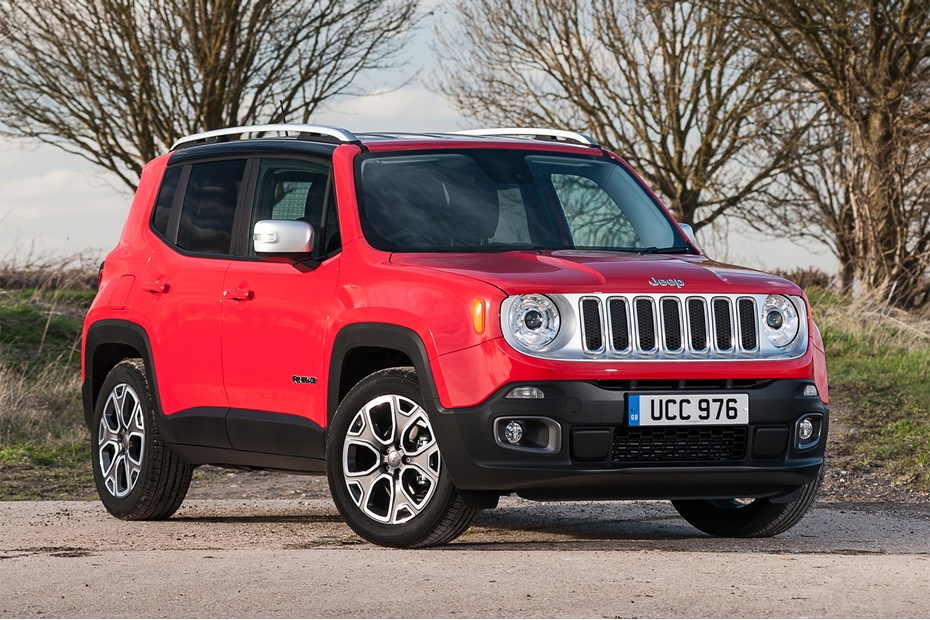
Miles per pound (mpp) ⓘ
| Petrol engines | 4.9 - 7.5 mpp |
|---|---|
| Diesel engines | 4.8 - 6.4 mpp |
| Plug-in hybrid petrol engines * | N/A |
Fuel economy ⓘ
| Petrol engines | 33.6 - 51.4 mpg |
|---|---|
| Diesel engines | 37.7 - 50.4 mpg |
| Plug-in hybrid petrol engines * | N/A |
- The 4xe is economical if you can charge it
- But the e-Hybrid comes a close second
- Jeep servicing packs save money
What are the running costs
For the attitude you get looking at the Jeep Renegade, it’s a case of all bark and no bite these days. Well, with the exception of the plug-in hybrid 4xe. Both petrol engine options are small and relatively economical, whether you choose a 120hp manual or 150hp automatic.
Petrol engines
Most of the Renegade’s rivals are more efficient, even if Jeep’s effort beats old-school assumptions around SUV running costs. The 1.0-litre returns 44.1 to 42.2mpg and between 146 and 152g/km CO2, depending on trim level. Opt for the dual-clutch automatic 1.3-litre, and you won’t see much difference, with 150g/km and 42.8mpg at best.
Jeep claims the Renegade’s self-charging e-Hybrid powertrain returns between 46.3 and 49.5mpg on the WLTP cycle. However, during our test drive, we saw an average of 41.5mpg on the trip computer, although we were driving the car in the rather chaotic Italian traffic. Lighter throttle inputs will probably bump-up the real-world figures.
The biggest benefit of the e-Hybrid model is the lower CO2 emissions. They stand between 130 and 139g/km, which will make the car slightly cheaper than the pure petrol model to tax. That just leaves the greenest (and most powerful) option – the 4xe plug-in hybrid. It should be the one to go for, right?
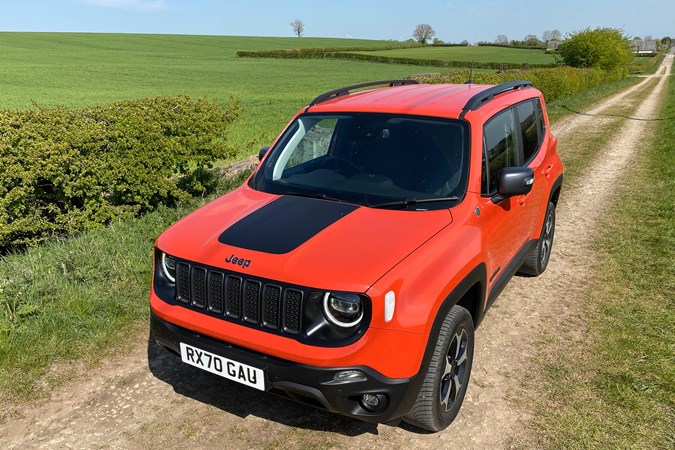
Plug-in hybrid
Jeep’s Renegade 4xe offers a claimed 26 miles of zero-emissions driving, but our real-world tests revealed the figure was closer to half that. It’s enough to bring emissions down to 49g/km in the cleanest version. Real-world economy, however, works out at around 40mpg because the battery is drained so quickly. You’ll see reductions in benefit-in-kind, and you will absolutely save money if you do short journeys and plug in at home – but use it for longer trips and it’s probably the worst choice, unless you need all-wheel drive.
View detailed MPG and CO2 figures on the Jeep Renegade specs pages
The battery means a smaller fuel tank – and that’s the biggest flaw of the 4xe. With just 35 litres to play with and a battery that struggles to deliver 10 miles at speed, you’ll find yourself refilling after 200 miles. Charging the battery takes a little over 4 hours on a domestic 13A socket, but it does support 7.4kW charging from a wallbox for a 1 hour 40 minute full charge – many comparable PHEVs are limited to half that rate. Almost every electric SUV on sale today can go further than that.
Servicing and warranty
Servicing on the Jeep Renegade shouldn’t be too expensive – it shares technology with several Fiat models as well as larger Jeeps – but some parts may cost more than you expect, as Mopar parts through main dealers have traditionally been on the expensive side. For routine, new ownership, rather than repairing damage or buying a used car out of warranty, that shouldn’t be a problem. Jeep offer a package called ‘Jeep Wave’, which includes servicing, support and discounts on experiences and accessories.
The warranty is fairly standard at three years, with a relatively short seven year anti-perforation warranty for the bodywork, and can be extended to five years or 125,000 miles. The 4xe’s battery is covered for eight years, 100,000 miles as standard.
Reliability
- No consistent issues with Jeep Renegades
- Build quality can be variable
- Mechanical 4×4 models need proper maintenance
Although parts are shared with Fiat, and Jeep itself doesn’t have the best record for reliability on some models, the Jeep Renegade’s simple, up-to-date tech and design mean it’s quite reliable. Aside from buying high-mileage used ones with care, there’s nothing to worry about on a well-maintained Renegade.
There are three recalls relevant to the Jeep Renegade, one for an incorrectly machined engine mount, one for side airbag deployment, and one for an issue introduced if the wrong diagnostic tools are used on a specific model. The engine mount and airbag recalls affect less than 100 cars in total, but the diagnostic issue is a good reason to make sure any used Renegade with non-dealer service history has been rectified.
Recalls should be repaired free of charge at a main dealer, regardless of the age of the Jeep.
Ongoing running costs
| Road tax | £35 - £255 |
|---|---|
| Insurance group | 8 - 25 |
Get an insurance quote with

|
|



